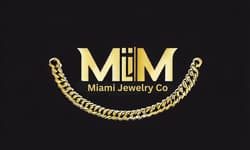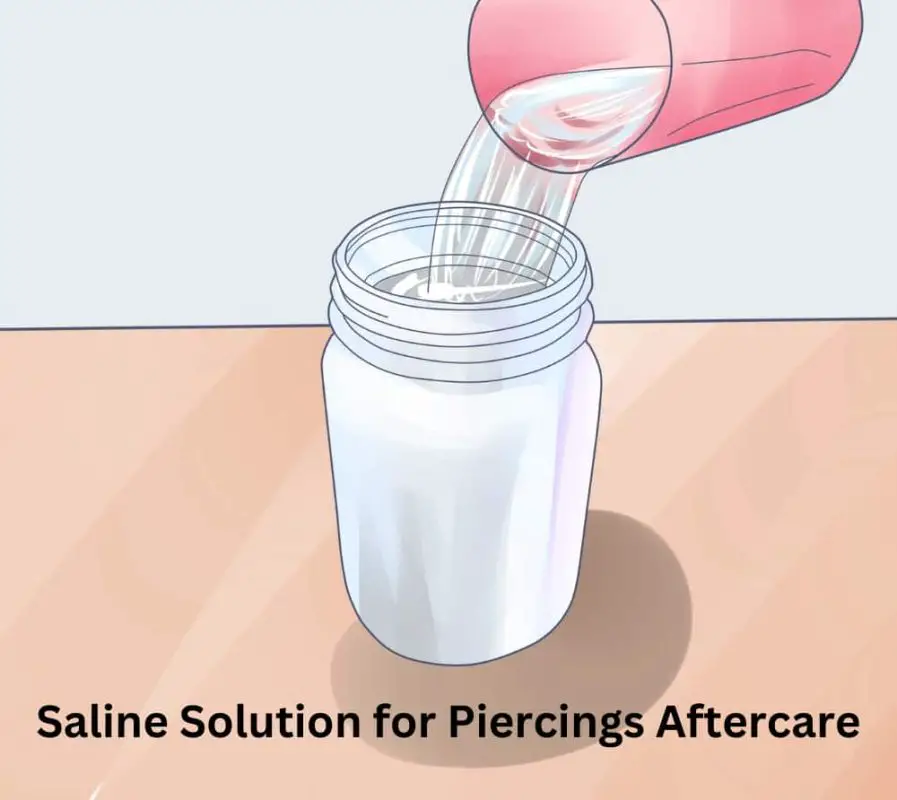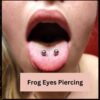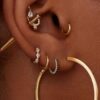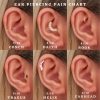Nose Piercing
Ultimate Guide to Using Saline Solution for Piercings Aftercare
Just got a piercing?
Great! But here’s the tricky part: aftercare. Many face issues like infections because they overlook this step. It’s a common issue with serious results.
But don’t worry, I’m here to help with a simple solution: a saline solution.
As a seasoned professional piercer, I’ve helped countless clients avoid issues through proper aftercare. My experience has shown that saline solution is a game-changer. I’ve crafted this guide to share this knowledge with you.
We’ll start by discussing why aftercare matters. Then, we’ll learn about saline solution and its role in aftercare. I’ll guide you on making your own saline solution at home and offer helpful tips for safe use. We’ll explore how saline solution works for different piercings, especially nose piercings, and when to use it.
I’ll share expert advice from my career and compare saline solutions with other aftercare products. This will help you make an informed choice.
With my experience and this guide, you’ll learn how to take care of your piercing in the best way. Let’s ensure your new piercing stays as amazing as the day you got it!
Contents
- 1 Importance of Piercing Aftercare
- 2 Saline Solution: What It Is and Why It’s Used
- 3 How to Make Saline Solution at Home
- 4 Precautions and Tips
- 5 How to Use Saline Solution for Piercing Aftercare
- 6 The Role of Saline Solution in Different Types of Piercings
- 7 Nose Piercings
- 8 When and How Often to Use Saline Solution
- 9 Expert Tips and Advice
- 10 Saline Solution vs. Other Piercing Aftercare Products
- 11 FAQs Related to Saline Solution for Piercings
- 12 Final Words – Saline Solution for Piercings Aftercare
Importance of Piercing Aftercare
When you get a new piercing, your body treats it as a wound. So, taking proper care of it is paramount to prevent any infections or complications. Let’s break it down a little further.
The Healing Process
Your body naturally wants to heal any openings in the skin, including piercings. During this healing process, a fistula, or tunnel of tissue, forms around the piercing. Proper aftercare ensures this tunnel strengthens and solidifies, allowing the piercing to remain in place without causing your body distress.
Prevention of Infections
Your new piercing is a potential entry point for bacteria. Without proper aftercare, infections can occur, which can lead to complications such as swelling, pain, or even rejection of the piercing by your body. Proper cleansing, which includes using a saline solution, helps you avoid these unwanted issues.
Saline Solution: What It Is and Why It’s Used
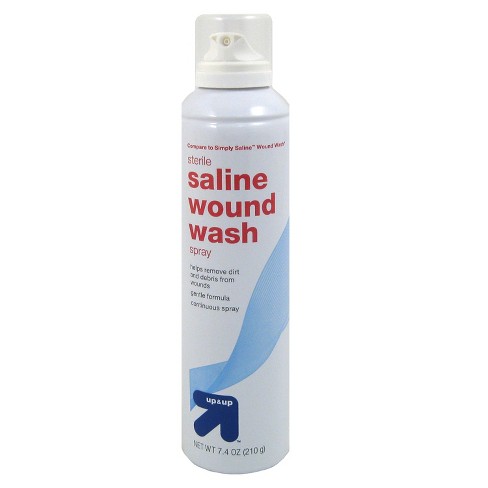
Now, let’s discuss the star of the show – the saline solution.
Components of Saline Solution
Saline solution is a simple yet effective concoction. It’s just sterile water mixed with salt, typically sodium chloride. This combination creates a solution that matches the natural salinity of your body, making it gentle and ideal for wound cleansing, including piercings.
Benefits of Saline Solution for Piercing Aftercare
The saline solution helps keep your piercing clean, promoting faster healing and preventing infections. It removes dirt and cellular debris around the piercing site without causing any irritation. It’s also very affordable and easy to make at home.
How to Make Saline Solution at Home
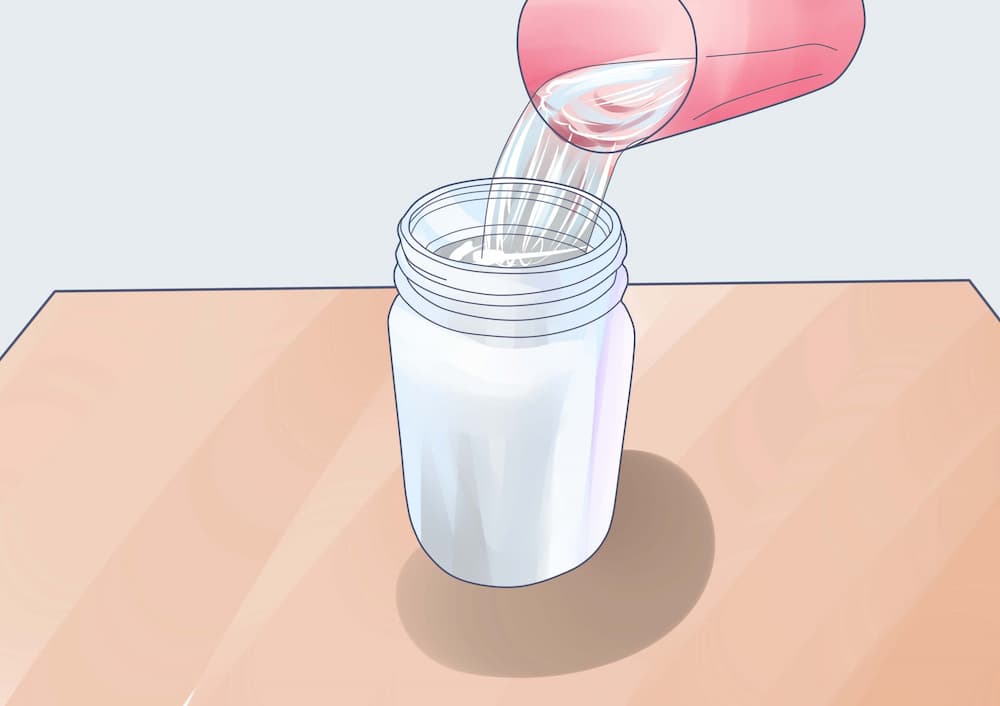
While buying a ready-made saline solution is the most convenient option, you can also make it at home. This option can be handy if you’re in a pinch or if you prefer a DIY approach. However, ensure you follow the correct procedures to maintain the effectiveness and safety of the solution.
Necessary Ingredients
You only need two ingredients to make a saline solution: non-iodized sea salt and distilled water. Non-iodized sea salt is crucial as iodized salt or table salt may contain anti-caking agents and other additives that can irritate the skin. Distilled water is also important as tap water can contain various impurities.
Steps to Make Saline Solution
- Boil one cup of distilled water to kill any potential pathogens. Let it cool until it’s warm to the touch.
- Add 1/4 teaspoon of non-iodized sea salt to the water.
- Stir until the salt is completely dissolved.
- Store the solution in a clean, airtight container. If not used immediately, refrigerate and use within 24 hours.
Table for Making Saline Solution at Home
| Method | SEA SALT | WATER |
|---|---|---|
| Ingredients | Non-iodized sea salt | Distilled water |
| Ratio | 1/4 teaspoon of sea salt | 1 cup (8 oz.) of water |
| Preparation | Boil one cup of distilled water to kill any potential pathogens. Let it cool until it’s warm to the touch. Add 1/4 teaspoon of non-iodized sea salt to the water. Stir until the salt is completely dissolved. | Boil one cup of distilled water to kill any potential pathogens. Let it cool until it’s warm to the touch. |
Precautions and Tips
While making saline solution at home is relatively straightforward, certain precautions can ensure your solution is as safe and effective as possible.
Always measure the salt accurately. Too much salt can dry out your skin and impede healing, while too little may not be effective.
Furthermore, ensure everything you use, from the container to the stirring utensil, is thoroughly cleaned. Any contamination can introduce bacteria into the solution and onto your piercing.
Finally, always make a fresh batch of solutions every day. This prevents potential bacterial growth in the solution.
How to Use Saline Solution for Piercing Aftercare
Using a saline solution for piercing aftercare is a simple process, but certain techniques can make it more effective.
Step-by-step Guide
Here’s a step-by-step guide on how to clean your piercing with a saline solution:
- Start by washing your hands with antibacterial soap to prevent introducing bacteria to your piercing.
- If you have a store-bought solution, simply spray it onto the piercing, making sure to cover the entire area. Let it sit for a few minutes, then gently pat dry with a clean towel or paper towel.
- If you’re using a homemade saline solution, soak a clean cotton ball or pad in the solution. Apply the soaked cotton to your piercing, allowing the solution to soak into the area.
- Gently wipe around the piercing to clean away any discharge or crustiness. Be careful not to tug or twist the jewelry.
- Let the area air dry.
Dos and Don’ts
DO clean your piercing with saline solution twice a day. This frequency helps keep the piercing clean without over-drying the skin.
DON’T use a cotton swab for cleaning. The fibers can get stuck in your piercing, causing irritation.
DO soak your piercing if it becomes irritated or if crust forms around the jewelry.
DON’T remove or change your jewelry until your piercing is fully healed. This could disturb the healing process and introduce bacteria into the piercing.
Common Mistakes
Over-cleaning:
One common mistake is over-cleaning. While keeping your piercing clean is crucial, overdoing it can strip your skin of its natural oils, leading to dryness and irritation.
The wrong type of salt:
Another mistake is using the wrong type of salt. As emphasized earlier, only non-iodized sea salt should be used to make a saline solution.
Touching your piercing with dirty hands:
Lastly, touching your piercing with dirty hands or allowing others to touch your piercing is a big no-no. It’s one of the quickest ways to introduce bacteria and cause infection.
The Role of Saline Solution in Different Types of Piercings
Saline solution plays a crucial role in the aftercare of different types of piercings. Let’s delve into some specific types:
Ear Piercings
For ear piercings, whether it’s the earlobe or cartilage, a saline solution helps clean the area and prevents infection. It’s gentle enough to be used on the delicate skin of the ear without causing irritation. Cleaning should be done twice a day until the piercing is fully healed.
Nose Piercings
Nose piercings are more exposed to bacteria due to their location. Regular cleaning with a saline solution can help keep bacteria at bay. It’s best to use a cotton swab soaked in saline solution to clean the inside and outside of the piercing.
Tongue Piercings
A saline solution is beneficial for tongue piercings as it can help soothe the area and reduce swelling. Use the saline solution as a mouthwash several times a day, especially after meals.
Belly Button Piercings
Belly button piercings can take longer to heal and are more prone to infection due to their location. A saline solution can help keep the area clean and promote healing. It’s crucial to dry the area thoroughly after cleaning as moisture can lead to bacterial growth.
Other Body Piercings
For other body piercings, like eyebrow, nipple, or genital piercings, a saline solution can be used in the same way. Ensure to clean the area thoroughly and allow it to air dry.
When and How Often to Use Saline Solution
Understanding when and how often to use a saline solution can significantly affect your piercing’s healing process.
Fresh Piercings
Fresh piercings should be cleaned with saline solution twice a day. This frequency helps keep the piercing clean and free from bacteria, promoting a smooth healing process.
Healing Piercings
Once your piercing is on its way to being healed, you can reduce the cleaning to once a day. However, if you notice any signs of infection or irritation, revert back to cleaning twice a day and consult a professional if the issue persists.
Long-term Piercing Care
Even after your piercing has fully healed, it’s good to give it a clean with saline solution every now and then, especially if you change your jewelry. This keeps the piercing clean and can prevent future issues.
Risks and Precautions
Piercing aftercare is not without its risks. Understanding these risks and how to mitigate them can help ensure a smooth and trouble-free healing process.
Common Risks
Common risks associated with improper piercing aftercare include infection, allergic reactions, scarring, and jewelry rejection. Using a saline solution and following proper cleaning techniques can significantly reduce these risks.
How to Minimize Risks
To minimize risks, always ensure your hands are clean before touching your piercing. Use the correct type of salt for your saline solution and avoid using harsh cleaning agents. Regularly check your jewelry to ensure it’s not too tight or causing irritation.
Signs of Infection and What to Do
Signs of an infected piercing include persistent redness, swelling, pain, or unusual discharge. If you notice these signs, increase your cleaning routine and consult a healthcare professional.
Expert Tips and Advice
Professional piercers and dermatologists often have a wealth of knowledge and tips to offer when it comes to piercing aftercare. Here are some expert tips:
- Avoid swimming in public pools or hot tubs as they can harbor bacteria.
- Don’t remove or change your jewelry prematurely. Wait until the piercing is fully healed.
- Avoid sleeping on your new piercing. It can cause pressure and lead to issues like embedding.
- Eat a healthy diet and stay hydrated. Your body’s healing process greatly depends on your overall health.
Saline Solution vs. Other Piercing Aftercare Products
Various aftercare products are available on the market, but the saline solution is often favored due to its simplicity and effectiveness. It’s gentle on the skin and does an excellent job of cleaning piercings without causing irritation.
However, in some cases, other products may be recommended by your piercer. These can include medicated rinses for oral piercings or antimicrobial soaps for certain types of body piercings.
Always follow your piercer’s advice when it comes to aftercare products. They have the knowledge and experience to recommend what’s best for your specific piercing and skin type.
The Long-term Impact of Proper Piercing Aftercare
Proper aftercare plays a significant role in the long-term impact of your piercing. Not only does it affect the aesthetic appeal of your piercing, but it also has health and cost implications.
By following a proper aftercare regimen, including the regular use of a saline solution, you can ensure your piercing heals beautifully, remains healthy, and does not cause future complications, which could lead to additional medical costs.
FAQs Related to Saline Solution for Piercings
What saline solution is good for piercings?
The best saline solution for piercings is sterile and has no extra stuff in it. You can find it in drug stores as ‘wound wash saline’. Brands like NeilMed and H2Ocean sell saline solutions just for piercings. Make sure the one you pick has the same amount of salt as your body fluids (0.9%).
Do I just spray saline solution on my piercing?
Yes, you can spray a sterile saline solution right on your piercing. But then you should dry it gently with a clean, throw-away paper towel. Don’t use cotton balls or swabs because they can leave behind fibers that might bother the piercing.
Is salt water better than saline for piercings?
While homemade saltwater solutions can be used for piercing aftercare, they are not as safe or effective as pharmaceutical-grade saline solutions. The latter are sterile and have an appropriate salt concentration (isotonic), whereas homemade solutions may not be adequately clean or have the correct salt balance, potentially leading to irritation or infection.
How long do you soak a piercing in saline solution?
It’s generally recommended to soak a new piercing in saline solution for 5-10 minutes, once or twice daily. This helps to cleanse the area and promote healing. After soaking, gently pat the area dry with a clean, disposable paper towel.
Can I use table salt to clean my piercing?
It’s advisable to use non-iodized sea salt as table salt can have additives that may irritate the skin.
What happens if I use iodized salt on piercing?
Using iodized salt on piercings can lead to irritation and delayed healing. Iodine is an antiseptic that can be too harsh for the healing process of a piercing. Furthermore, iodized salt often contains anti-caking agents and other additives that are not ideal for wound healing. Always opt for a sterile saline solution for best results.
Can I make a saline solution at home for piercing aftercare?
Yes, a saline solution can be made at home using non-iodized sea salt and distilled water. However, always ensure to use the correct proportions to prevent skin irritation.
How often should I clean my piercing with a saline solution?
It’s typically recommended to clean your piercing with a saline solution twice a day for fresh piercings and once a day for healing piercings. However, your piercer may give you specific instructions based on your piercing and skin type.
What should I do if my piercing gets infected?
If you suspect your piercing is infected, it’s crucial to seek medical help immediately. Symptoms of infection include persistent pain, redness, swelling, and unusual discharge.
Final Words – Saline Solution for Piercings Aftercare
Piercing aftercare is a critical process that determines how well your piercing heals and lasts. Saline solution plays a pivotal role in this process, offering a simple, effective, and gentle way to clean your piercing and promote healing.
Remember, while a saline solution is a fantastic tool, your overall hygiene, lifestyle choices, and patience also greatly contribute to a successful healing process. So, take good care of your piercing, and it will surely reward you with its unique beauty.
Further Reading for Piercing Enthusiasts:
- How To Reopen A Closed Nose Piercing
- Nasallang Piercing
- High Nostril Piercing
- Rhino Piercing
- Is Titanium Good For Nose Piercings
- Foods To Avoid After Nose Piercing
- What Gauge Is A Nose Piercing
- Types of Nose Rings

Camila Luna is a passionate jewelry enthusiast and content creator at Miami Jewelry Co. With a focus on providing high-quality, Miami-style jewelry, Camila and her team specialize in a wide range of jewelry that includes bracelets, necklaces, earrings, and more
